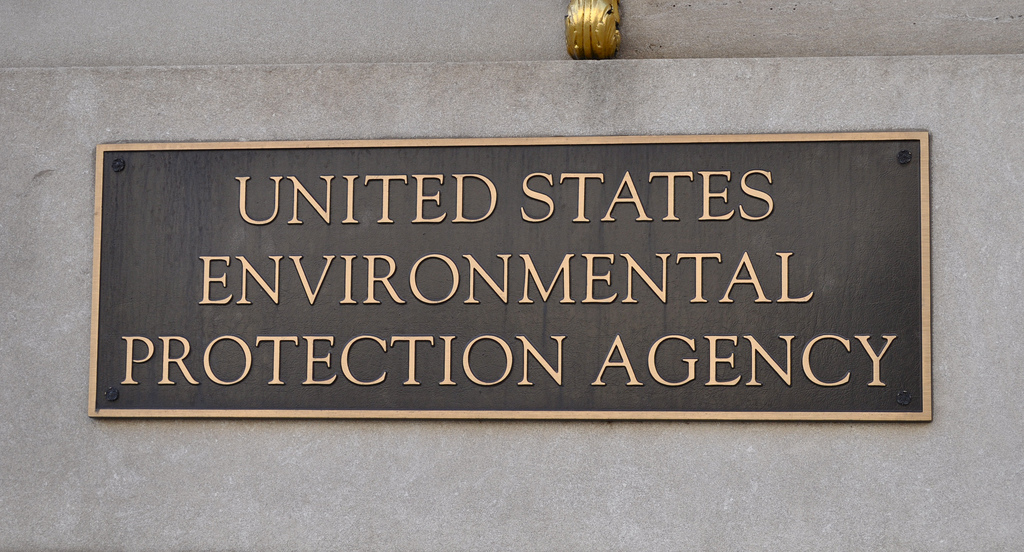
As I watched a February 11 hearing about regulating lead at the tap, I experienced one of those “Opposite Day” episodes where two objective realities collide. I listened to 7 witnesses talk to the U.S. Congress about the proposed revisions to the Safe Drinking Water Act Lead and Copper Rule. My colleague Kim Gaddy, who lives in Newark, talked about what the Environmental Protection Agency (EPA) should do to improve the proposal. She called for visionary federal investment to help communities get lead pipes out and to support improvement and modernization of all of our drinking water systems and of the regulatory framework. Each witness had a different perspective on the details, but there wasn’t any disagreement on the basics. The Lead and Copper Rule is a complex regulation and EPA and state agencies need more staff and effort to implement our drinking water regulations. It’s also going to cost Water Systems and ratepayers money. But that’s ok -- we ought to get this right because lead exposure in any amount can cause harm, especially for young children but not only for them.
So why did I feel like I was Alice through the Looking Glass? Because the day before, the White House released its Fiscal Year 2021 budget proposal. This wishlist reflected complete disregard for the federal role in implementing and enforcing drinking water regulations, including the Lead and Copper Rule. When EPA proposed the LCR revisions on October 10, 2019, Administrator Andrew Wheeler said the Trump administration was “delivering on its commitment to ensure all Americans have access to clean drinking water.” But life comes at you fast -- Trump’s budget proposal includes a 27% reduction in EPA’s budget - the largest cut for any federal agency. It cuts the Drinking Water and Clean Water State Revolving Funds by 28%, when we ought to be dramatically increasing these critical federal water infrastructure investments. And what about those state agencies who will make sure water systems are complying with the regulations? The Public Water System Supervision grants that help states fund that work are cut by 36%. You can learn more from my colleague Andrew Grinberg’s post on the White House budget proposal here. Didn’t EPA Administrator tell the budget folks at the White House about what it takes to deliver on a commitment to clean water?
Reducing lead at the tap, and reducing lead exposures from all sources, is not a job that the federal government can do alone. But if we are calling on the federal government to develop strong regulations around lead at the tap and to push states and water systems to do more, then the federal government needs staff, expertise and funding -- budget cuts won’t get us there. Let’s put our investments into clean water and healthy people.
Learn more about what we think EPA can do to improve the Lead and Copper Rule revisions by checking out our comments here. You can also read Kim Gaddy’s testimony to the House Committee on Energy and Commerce Subcommittee on the Environment and Climate change here. The hearing record and livestream is also available.


